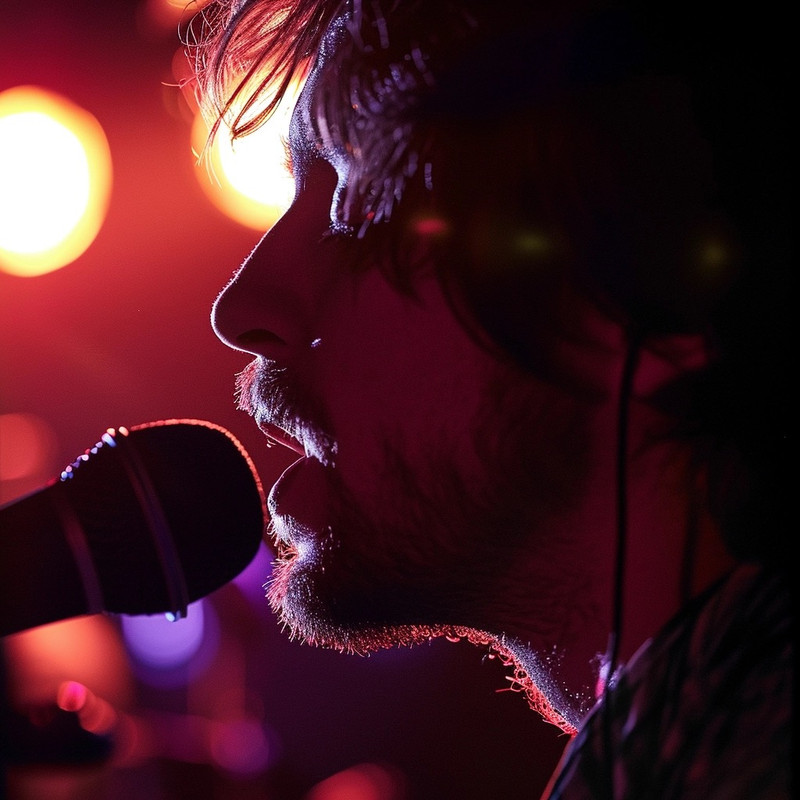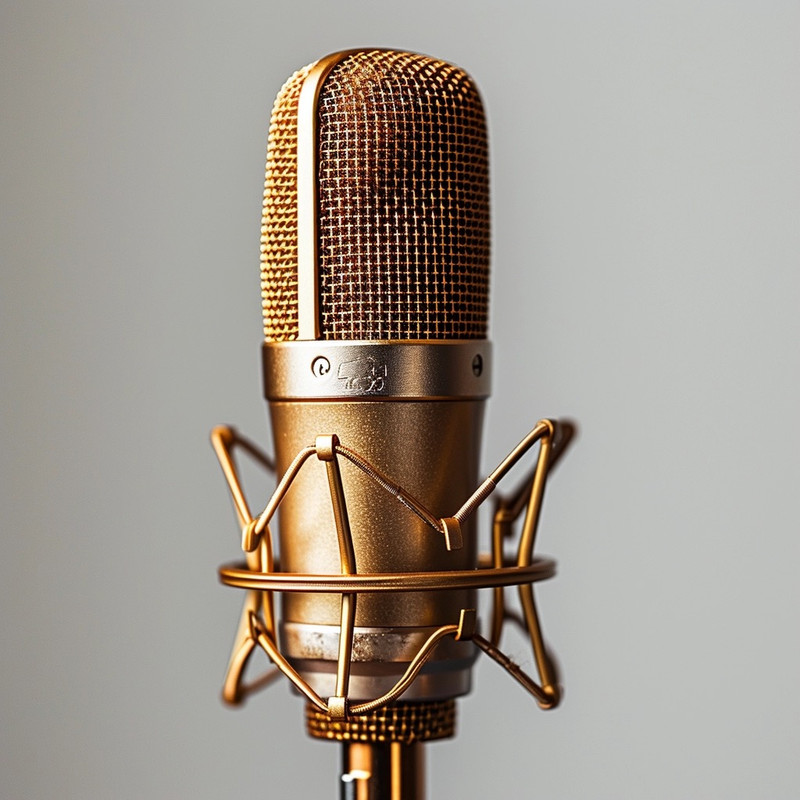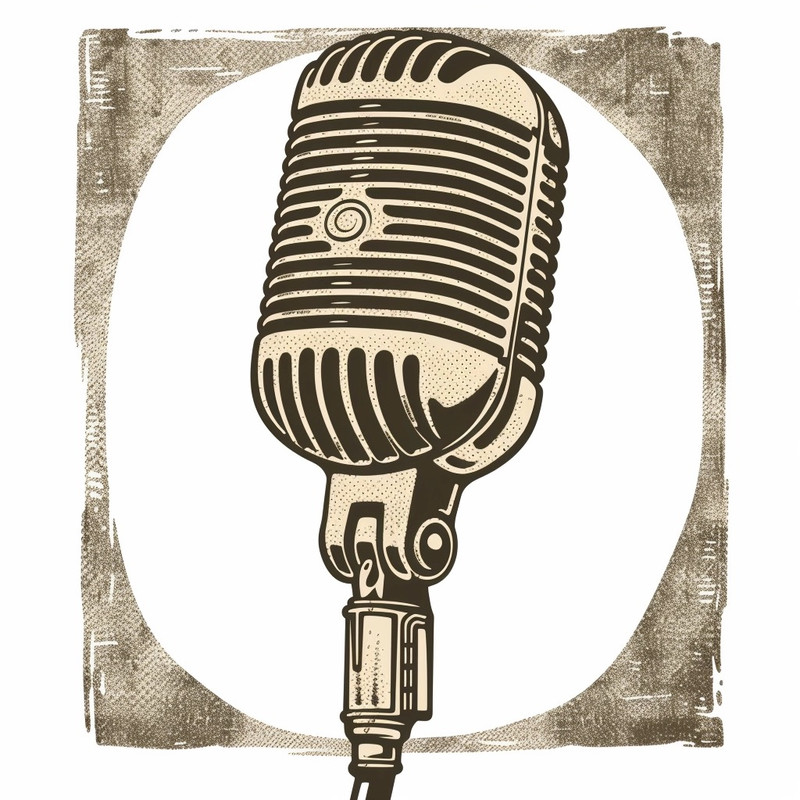

Imagine a finely crafted microphone as a sensitive artist, capable of capturing every nuance in a vocalist's performance or the subtle timbre of an instrument.
The Aston Origin is not a very characterful mic, but we found that to be one of its best features. It could handle fast transients and still retain exceptional detail. It's almost unbelievable how good it sounds.
Each brand and model mentioned resonates with professional acclaim due not only to their technical prowess but also their enduring impact on recorded music's fabric through decades of use by industry experts seeking nothing less than auditory excellence.– Summarizing the key takeaways to guide readers toward the best studio microphone choiceChoosing the ideal studio microphone is crucial for achieving professional-level recordings. Preamps, or preamplifiers, serve as the initial amplifiers in the signal chain.
These mics are celebrated for their sensitivity and fidelity, making them favorites among vocalists and instrumentalists alike.
This will keep the setup simple. The larger Spirit is multi-pattern with 10dB extra pad. Cutting-edge microphones designed for these environments minimize background noise while ensuring speakers' voices are heard loud and clear.
She is a pianist and producer based in London who studied at The Royal Academy of Music. Esteemed for its unparalleled fidelity and multi-pattern versatility, it captures nuances with an almost ethereal clarity that justifies its investment level.
This makes them ideal for home studios, podcasters, and traveling musicians who prioritize portability and simplicity over the ultimate sound quality. Should you ever decide to upgrade or sell your gear, a respected brand and model will command a higher resale price due to its proven track record for quality.
This is where preamplifiers enter the limelight, serving as the unsung heroes that elevate microphone signals from whispers to roars. Different types exude unique qualities; for instance, condenser microphones are lauded for their sensitivity and high-fidelity reproduction but require careful handling due to their delicate nature.


It's very easy to get a natural sound with acoustic instruments. The C636 is a design powerhouse, and its simple exterior in black, combined with its light weight, has earned it the title of 'Master Reference.' But, is this moniker deserved? Supercardioid microphones are more sensitive to sounds coming from the front, and have a smaller pickup field than cardioid microphones.
When it comes to microphones, their positioning relative to the sound source is pivotal for impeccable recordings. In selecting the quintessential studio microphone that elevates recordings to professional echelons, it is not merely about choosing the most expensive or technically advanced option but rather finding the right tool that harmonizes with one's unique sonic vision—a microphone that captures every nuance with clarity and transforms raw sound into auditory artistry.
Omnidirectional mics capture sound equally from all directions—a boon in well-treated studios but a bane amidst noise pollution. You know this better than anyone.
In this exploration, we will delve into several top-tier microphones, examining their distinctive characteristics and determining which recording scenarios they are best suited for. studio condenser mic There's no discrimination here; a chorus line encircling this microphone would find each voice captured with democratic grace.
Place these strategically on walls, ceilings, and corners where sound waves tend to bounce the most. Directionality also plays an essential role. The Blue Yeti series offers plug-and-play simplicity coupled with respectable audio results—perfect for content creators needing fast setups without entangling themselves in technical complexities.
The choice of microphone type and pattern profoundly affects the final recording's quality.

The double-domed diaphragm is proprietary and improves the high-frequency response.
It's about committing to quality, ensuring that every nuanced tone and subtle inflection is captured with pristine clarity. In essence, the quest for flawless recordings involves understanding these foundational practices yet also embracing flexibility—a dance between precision and creativity that leads to sonic excellence.- The influence of distance and angle on sound qualityWhen endeavoring to capture studio-quality sound, the sagacious placement of microphones is paramount. Every day is a great day when you have the SM7B with you.
The Shure SM27 is an excellent microphone for recording vocals at home because it has a low-frequency filter and a wide frequency response. It's got a crisp, clean feel which is perfect when you play wild.
It's true: You don't need to be in a studio to create amazing music. Consider the Beta 181 if you're looking for a great overhead microphone.
This is not the case with this one. Whether cocooned within a home setup or nestled inside a temple of sound engineering, choosing the right microphone is about finding harmony between your artistic vision and technical reality—a dance between aspiration and practicality that can yield sonic gold when performed with insight and care.- Isolation and acoustic treatment's role in mic performanceIn the quest for audio perfection, the choice of a studio microphone is paramount, but its performance hinges on an often-overlooked duo: isolation and acoustic treatment.
The Beatles primarily recorded with a variety of microphones throughout their career, but they famously used the Neumann U47 and U48 microphones for many of their recordings. These microphones were known for their warmth and clarity, contributing significantly to the distinctive sound of the Beatles' albums. Abbey Road Studios, where the Beatles recorded much of their work, had these microphones readily available.
As of my last update, Jimmy Fallon, the host of "The Tonight Show Starring Jimmy Fallon," uses a variety of microphones for different segments of the show. For his monologue and desk segments, he often uses a handheld wireless microphone, specifically models from Shure, such as the Shure SM58, for its reliability and sound quality. However, the specific model can vary depending on the production requirements and updates to the show's equipment.
Joe Rogan uses the Yellowtec m!ka Microphone Arm for his podcast, "The Joe Rogan Experience." This mic stand is known for its sturdy build and flexibility, allowing for easy adjustments during recordings.
Most musicians prefer using the Shure SM58 for live vocals due to its durability, sound quality, and ability to handle high sound pressure levels. For studio recordings, many opt for large diaphragm condenser microphones like the Neumann U87 because of its wide frequency response and detailed sound capture.
The choice between a dynamic or condenser mic for vocals depends on the specific needs and environment. Condenser mics are generally preferred for studio recordings due to their sensitivity and ability to capture a wide range of frequencies and nuances in vocals. Dynamic mics, on the other hand, are more durable and better suited for live performances where background noise and feedback rejection are important.